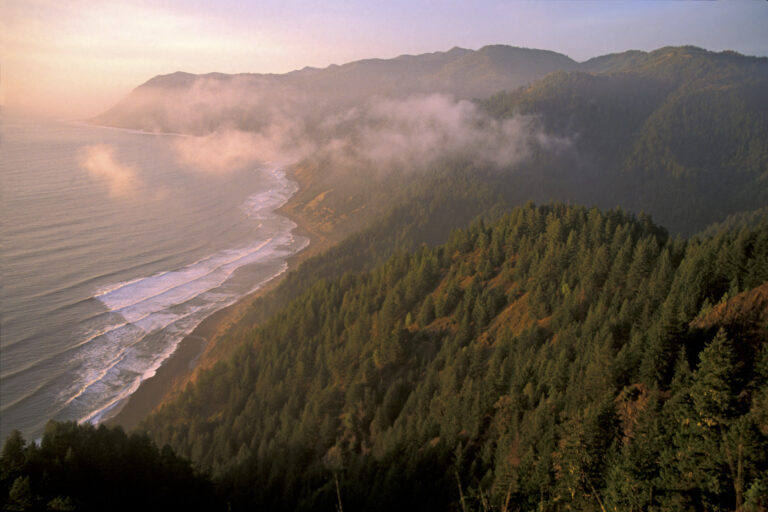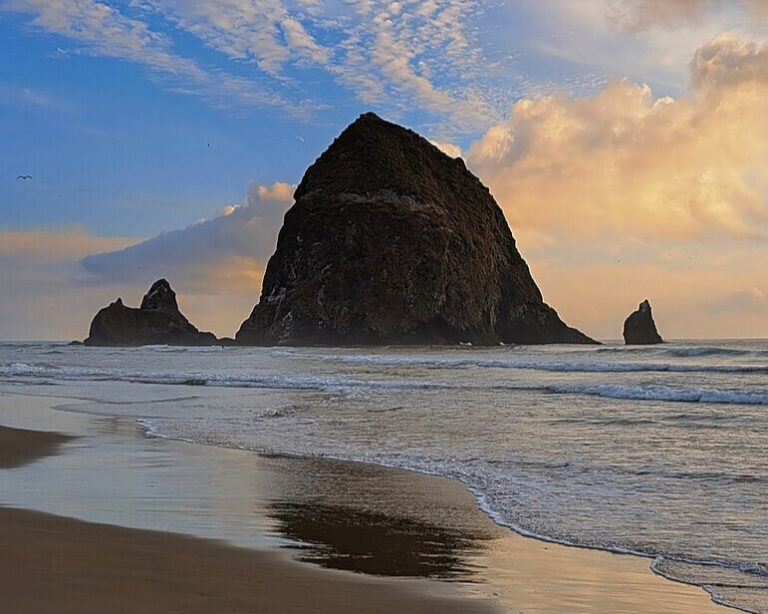Sensitivity of atmospheric CO<sub>2</sub> and climate to explosive volcanic eruptions
Impacts of low-latitude, explosive volcanic eruptions on climate and the carbon cycle are quantified by forcing a comprehensive, fully coupled carbon cycle-climate model with pulse-like stratospheric aerosol optical depth changes. The model represents the radiative and dynamical response of the climate system to volcanic eruptions and simulates a decrease of global and regional atmospheric surface








